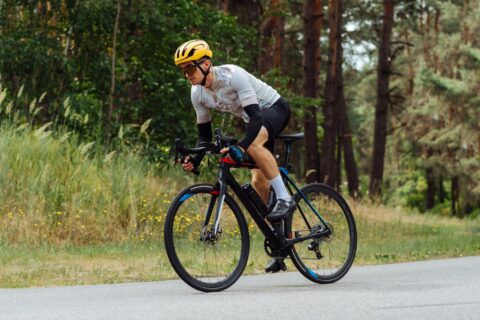Bust out of winter hibernation with this challenging bike intervals workout.
Bust out of winter hibernation with this challenging bike intervals workout.

Bust out of winter hibernation with this challenging bike intervals workout.

Bust out of winter hibernation with this challenging bike intervals workout.

Hit the sweet spot with a sub-threshold ride for those winter days that aren’t too cold.

Endurance athletes of all disciplines can benefit from a regular full-body strength routine.

Get the best of both worlds by incorporating several high-intensity sprints into your base rides.

Keep your swim fitness up to speed with a regular maintenance session for off season.